The coast from Halifax to Yarmouth is considered Nova Scotia’s South Shore, but if you look at a map the province’s overall orientation is somewhat closer to east-west than north-south. But what’s geographically mostly west of Halifax seems south of it. We passed through the region on the main road on our family trip in 1984 on our way to the ferry to Maine at the port of Yarmouth but didn’t make any sightseeing stops.
There’s not really all that much in the way of major sights along the shore other than Lunenburg. The other famous place is Peggy’s Cove, a tiny coastal village with a highly photogenic cove lined with fishing shacks and filled with boats. There’s also a picturesque lighthouse on a boulder strewn promontory that makes it into lots of postcards. Being between Halifax and Lunenburg, Peggy’s Cove gets completely overrun with tourists, so I was fortunate to beat them by arriving early but the crush was starting by the time I left town. A few miles to the north of town there’s a seaside memorial to Swissair Flight 111 which crashed off the coast of Nova Scotia in 1998 that killed over 200.
Most of the coast is heavily wooded and sparsely populated with little agriculture and few towns. It resembles the coast of Maine but without the density of towns and commercialization, being rocky and heavily indented with lots of islands. A few of the pretty ones I stopped in were Chester, Mahone Bay, and finally Liverpool where I spent Canada Day eve sitting outside at a small brewpub with an open mic and locals playing covers of famous songs very poorly.
Kejimkujik National Park is mostly an inland wilderness national park in southwestern Nova Scotia but also has a small coastal unit with a few hiking trails and some nice sandy beaches between the rocks. I made it my morning destination to catch a few Canada Day rays while watching seals on what was turning out to be the first hot weather of the year in these parts. Well, hot is relative. In eastern Canada they issue heat warnings for temperatures people in most of the U.S. would consider pleasant for summer.
Shelburne is one of the more significant small towns on the south coast and has a significant history as a Loyalist settlement. After the rebel victory in the American Revolution, at the end of the war thousands of Loyalists fled to what is now Nova Scotia, most of them landing in Shelburne which temporarily became the largest town in the region. Consequently there are a fair number of historic buildings dating from that era along the waterfront.
I made a stop in Yarmouth at the end of the peninsula not because there’s much to see there but for reminiscences. Yarmouth is the port from which we took the ferry to Bar Harbor, Maine back in 1984 and I vaguely recall hanging out while waiting for the ferry in what seemed like a very New England style town. The best thing about the eight-hour or so ferry ride was that once we were out to sea, my brother and I could play the slot machines in the casino because we weren’t subject to either country’s silly laws about minors and gambling. That was cool! It looks as though the route to Bar Harbor has since been discontinued (wow, imagine something like that changing in 34 years!) but the route to Portland still runs.

 Shelburne, Nova Scotia, Canada
Shelburne, Nova Scotia, Canada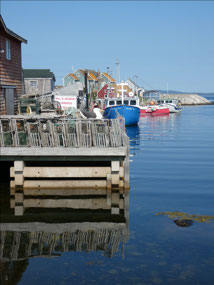
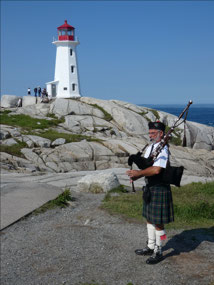


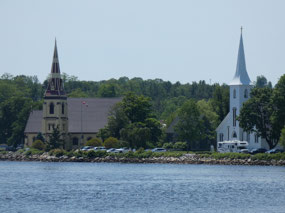
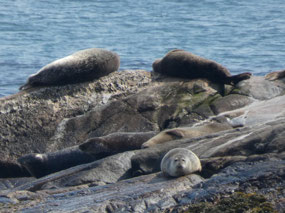
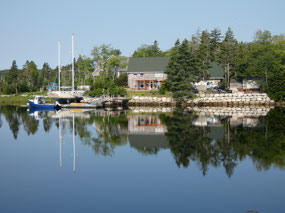
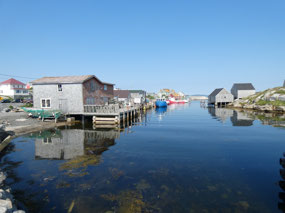
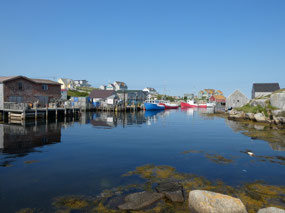
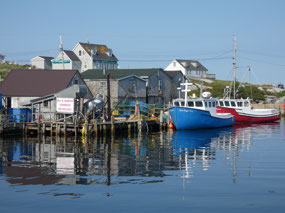
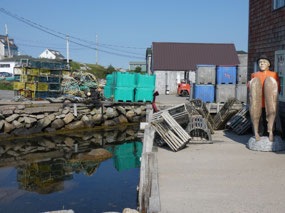
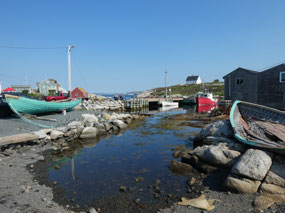
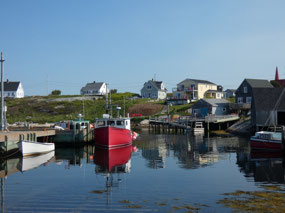
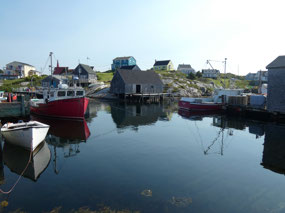
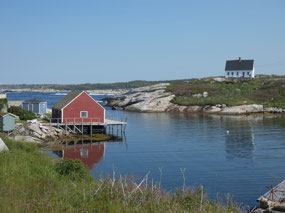
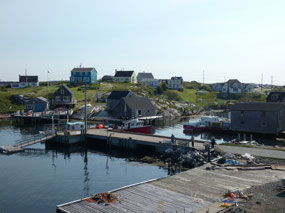
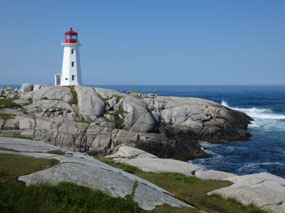
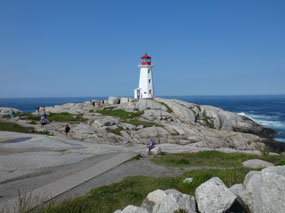
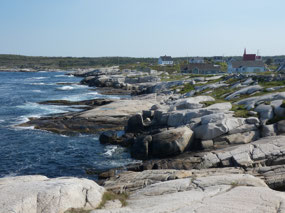
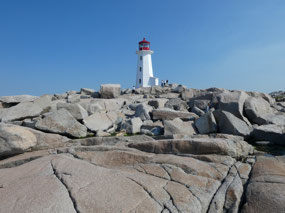
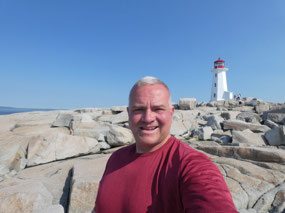
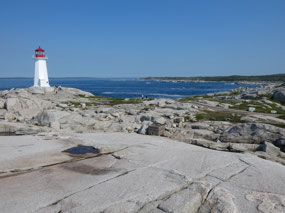
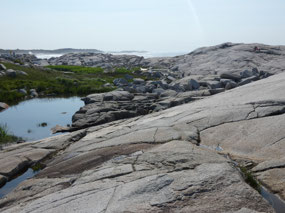
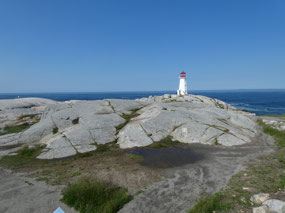
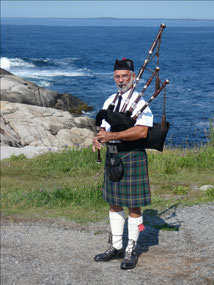
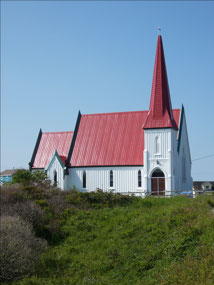
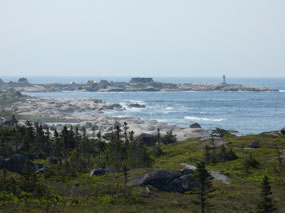
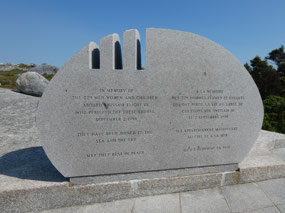
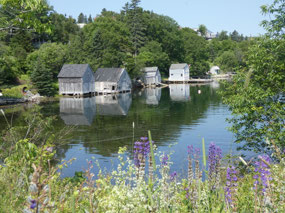
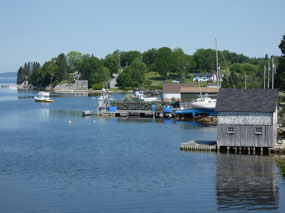
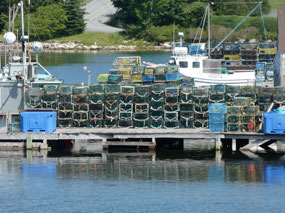
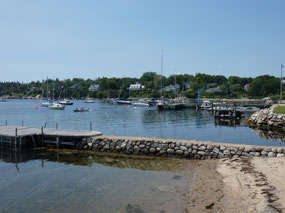
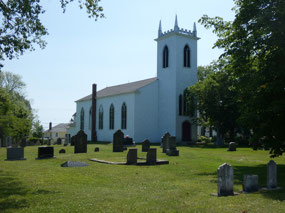
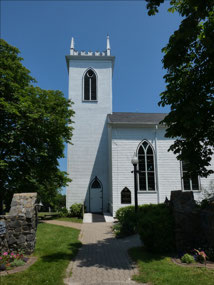
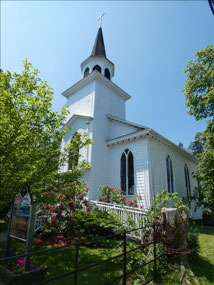
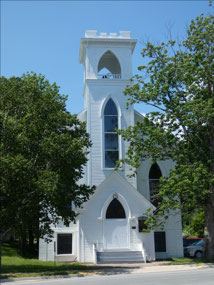


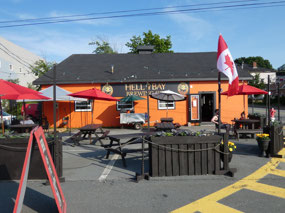
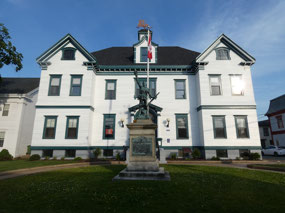
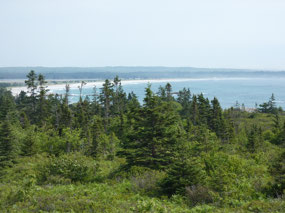
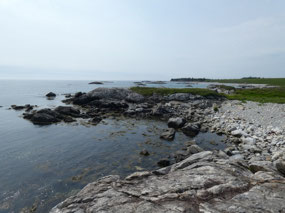
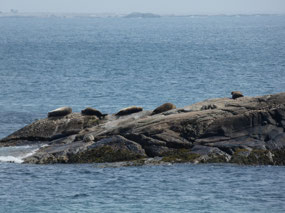
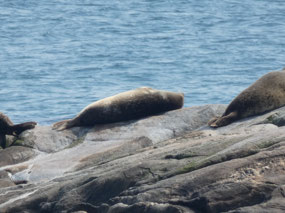
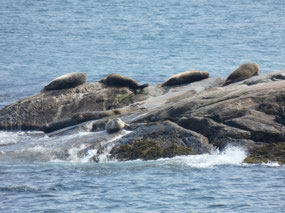
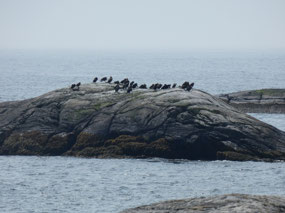
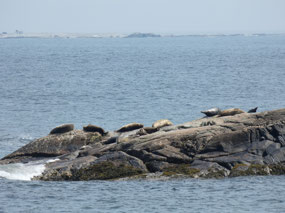
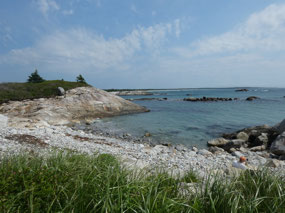
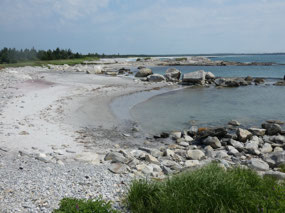



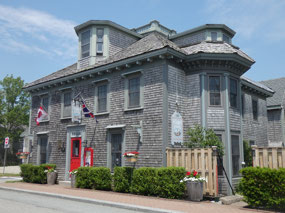
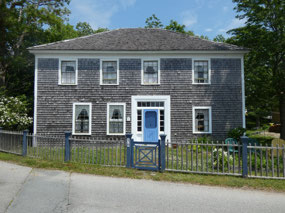
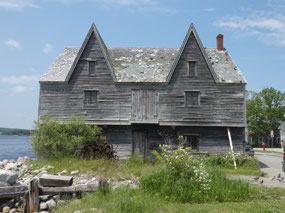
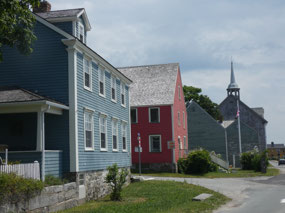
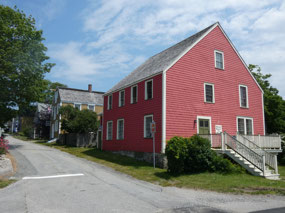
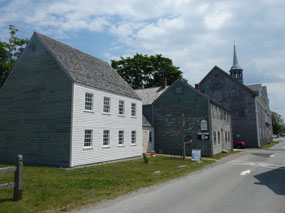

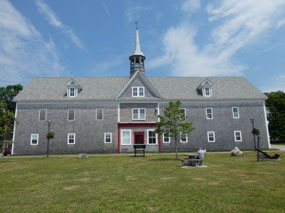
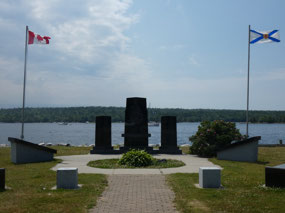
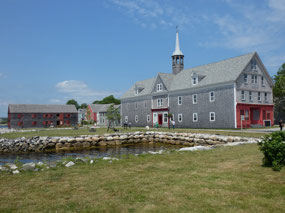
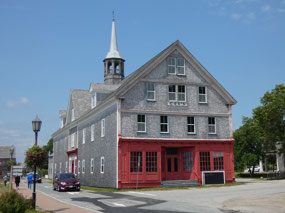
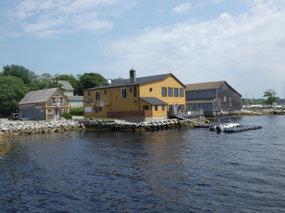
2025-05-23